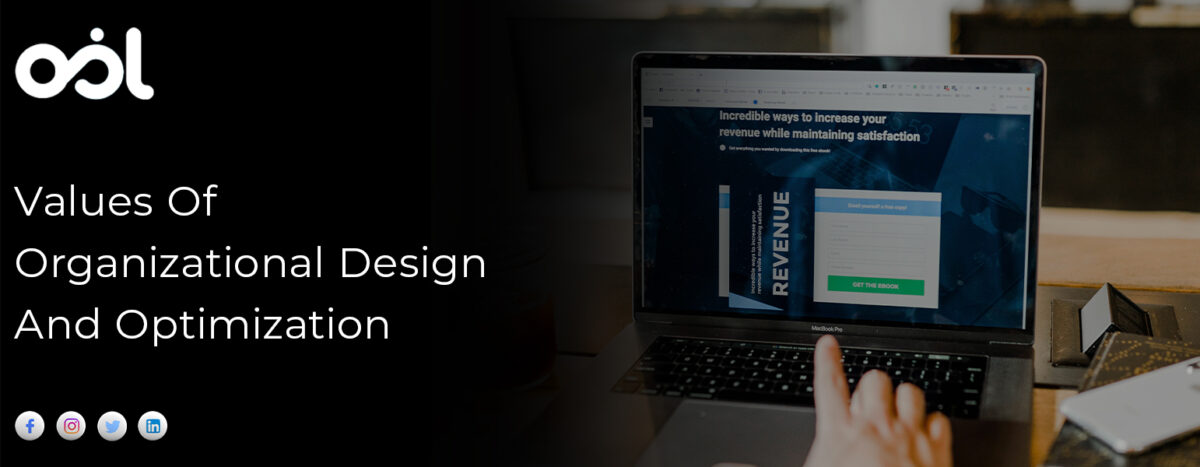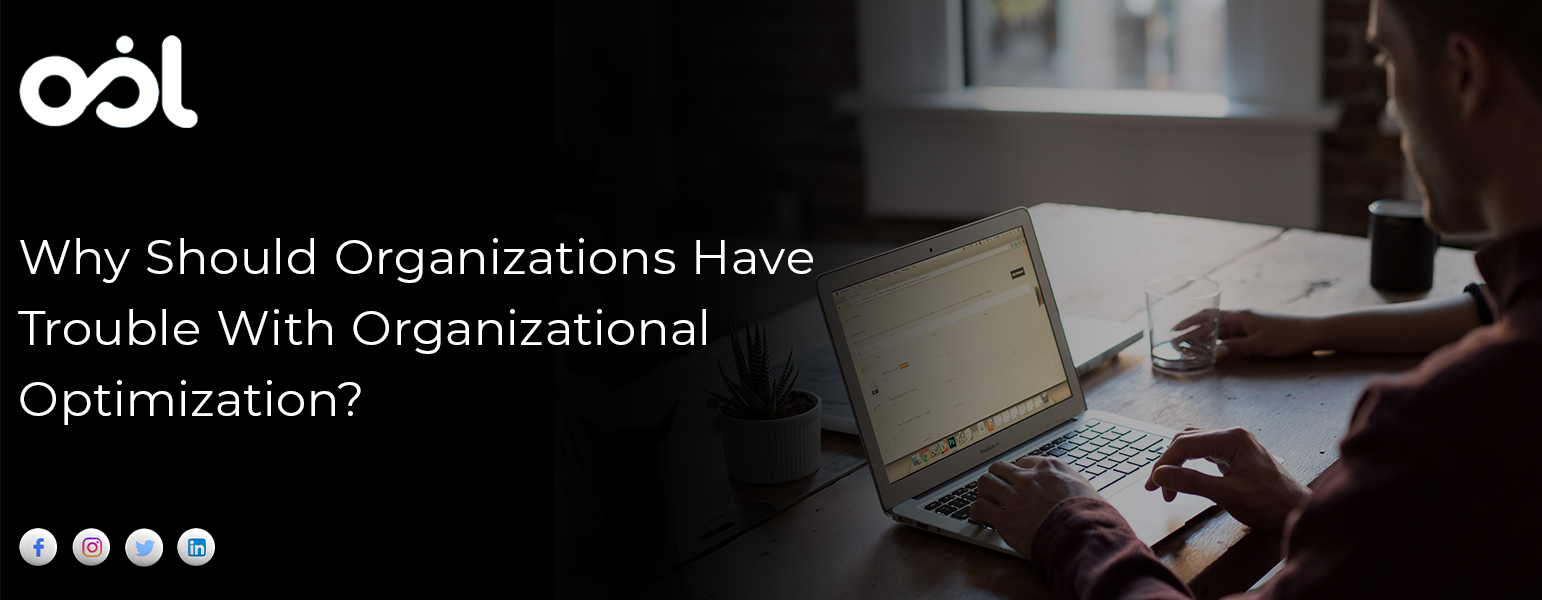The RAPID FRAMEWORK® tool is referred to as the helpful tool of decision making that helps a nonprofit spell out roles to enhance its organizational decision process.
Indeed, the decision-making is becoming slower, harder, and messier with time in all nonprofits larger than a conference room. The confusions arise such as why wasn’t involved in the decision? Who made that decision? Was it decided? Almost all the people who spent some time working in a company can provide examples of when the decision-making process went frustrating and when it was unclear.
Well, the wisdom is not guaranteed through a decision-making process, but it allows to set you up for success by responding to critical questions that are revolving in everyone’s mind:
- What matter are we deciding? Is it single, multiple, or smaller decisions?
- Who should be in the team of decision making and what role should be played by whom?
- How the decision would be made? What criteria and process will be used to get help among different options and how will the decision be communicated and followed through?
- When is the decision required to be made?
The main focus of this article is to address all these questions: Who should be in the team of decision making and what role should be played by whom? The tool of decision making is RAPID FRAMEWORK, established by Bain & Company and used by the arsenal of nonprofits to make important decisions including The Bridgespan Group.
RAPID FRAMEWORK is a way to allocate characters in the entire decision process. It facilitates clarifying who offers input to a decision, who makes the decision and ultimately decides regarding it, and who keeps out the decision after being made. In the last years, we have facilitated ranks of nonprofits and NGOs known regarding RAPID FRAMEWORK and utilize it in their companies. We have got to know it to be greatly effective and also simple adaptable to dissimilar circumstances, types of companies, and team sizes. It is used to make decisions more inclusive at their best.
A couple of vital notices. RAPID FRAMEWORK is an acronym that is associated with the easy way to think regarding five significant roles in most of the decision processes that are abbreviated as Recommend, Agree, and Perform, provide Input, and Decide. But this acronym is not specified in an appropriate adoration in which it should be done. The name depicts that the RAPID framework means speed is paramount but these terms intend to help companies make decisions and clarity and responsibility at the proper speed, not as important as the RAPID framework as it can.

The Roles in RAPID FRAMEWORK
Recommend: The person who is accountable for R, the Recommender, operates the decision process, combining rational input and establishing a formal suggestion for whoever has the D. It is the role with loads of influence and recognizing someone the R makes room for another important choice to make the decision. The recommender should have wider access to authentic information and trustability with those who have the D and the D. Frequently, we see that this is where loads of the work to create a decision takes place. The recommender may be an individual or an activity force. Again with having a clear understanding regarding how to address disagreement in its ratings.
Agree: The A abbreviated as Agree while is only executed for some decisions, the person with this role must admit with the final recommendation. Consider the CFO who shares with you how much the budget enables you to spend, the lawyer who outlines the legal boundaries of a contract, or the engineer who specifies the needed structural enhancements to a building. To have the meaning of A, helps the recommender get to the viable suggestion, not to strengthen the decision after being made. A is a special role that should be considered sparingly and bound to the individual’s role and skills.
Perform: this is the team or person that will take out the decision once it is made. Many of us have seen decisions where those activities with carrying to it live were not sufficiently consulted in advance and the sad effect that can flow from that error. So it’s normally a good idea to recognize who has the P initiated in the process, where possible. By also allocating them and me, they can facilitate upfront planning and make sure that execution problems are factored into the suggestion. When a person or team occurs, they are also more likely to buy into the decision that is ultimately made.
In many processes that include some teams or less complicated decisions, the same person may have different roles. For instance, a program manager may not only have the R but also be accountable for carrying the decision to live (i.e., they have the P). Or D can be held by the associate direction that can act unilaterally, when the same person has the D and R it’s mainly significant to establish a suggestion that factors in and weights important inputs.
Input: The I role is abbreviated as Input and it refers to the people who offer information and advice to the recommender. Frequently, various people have the I that includes those who have vital expertise and knowledge or maybe importantly influenced by the decision. The concept is to ensure that the recommender has a complete view of the decision and its implication before making the suggestion. Input can also appear from beyond the company itself from partners, outside experts, or constituents. When the input is forthright and candid, it involves thoughtful perspectives and important information and may not always be persistent. As a result, the recommender will find out how to write conflicting opinions. When personally well, the input can be an important part of making effective decisions and inclusive decision processes. Therefore, when input is poorly combined or insufficiently considered, it can feel like it is primarily for a show like they don’t want to be aware of what you think.
Decide: This role refers to the person who is responsible for the decision-making and commits to the company to action. Ideally, whoever possesses the D has a great understanding of the trade-off related to the decision and sits near to where the decision will be executed as possible. If the D is bought by a group, the group should clarify the ways of exercise that should be done by the decision authority. In companies that usually use RAPID FRAMEWORK, you will frequently hear someone asking you who has the D. but do not think that it is the only important aspect of the process as every role is important for its special traits.
The Benefits of Using RAPID FRAMEWORK
RAPID FRAMEWORK is mainly used to provide clarity for managers, leaders, and staff regarding who is responsible for the decision, which is possessing which role, and who is involved. It facilitates the shared understanding among the company of how multiple types of decisions are made. Various organizations choose RAPID FRAMEWORK for their decision making train their whole staff in how it operates and make it part of the onboarding process for new workers. This, in return, makes a shared vocabulary across the company that can assist teams in technique decision rules using similar language and tools.
Companies that adopt RAPID FRAMEWORK usually focus on their most significant decision; those that are on daily basis and others that are of strategic significance. RAPID FRAMEWORK can create some repeated decisions efficiently, recruiting a case manager, inserting aspects to a curriculum or program, and enabling budget decisions by allowing explicit repeatable roles team members play. RAPID FRAMEWORK is also strengthened for vital one-time decisions, thus prime moments will shape the future of the company. Those decisions may call for more influence on involving the appropriate stakeholders in the right characters.
Objectual systems limited are the Modernized Management Consultancy Company in Pakistan. We help business leaders to solve industry-defining challenges in all dimensions. OSL is the champion management consultancy in Pakistan to make your business flourish with the best strategies. Our exceptional approach ensures 100% sustained and long-lasting results.
Click here to get connected with us!





























